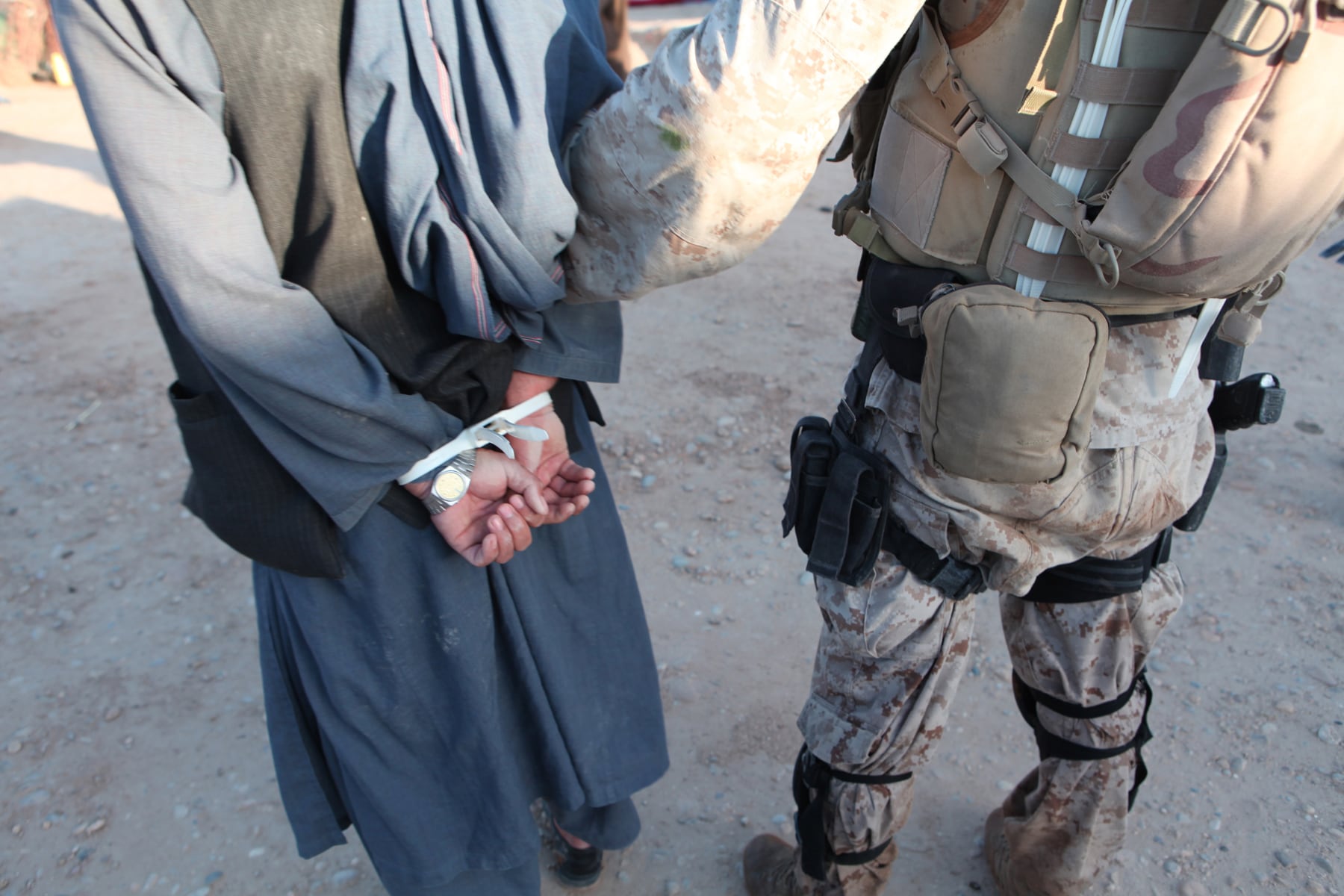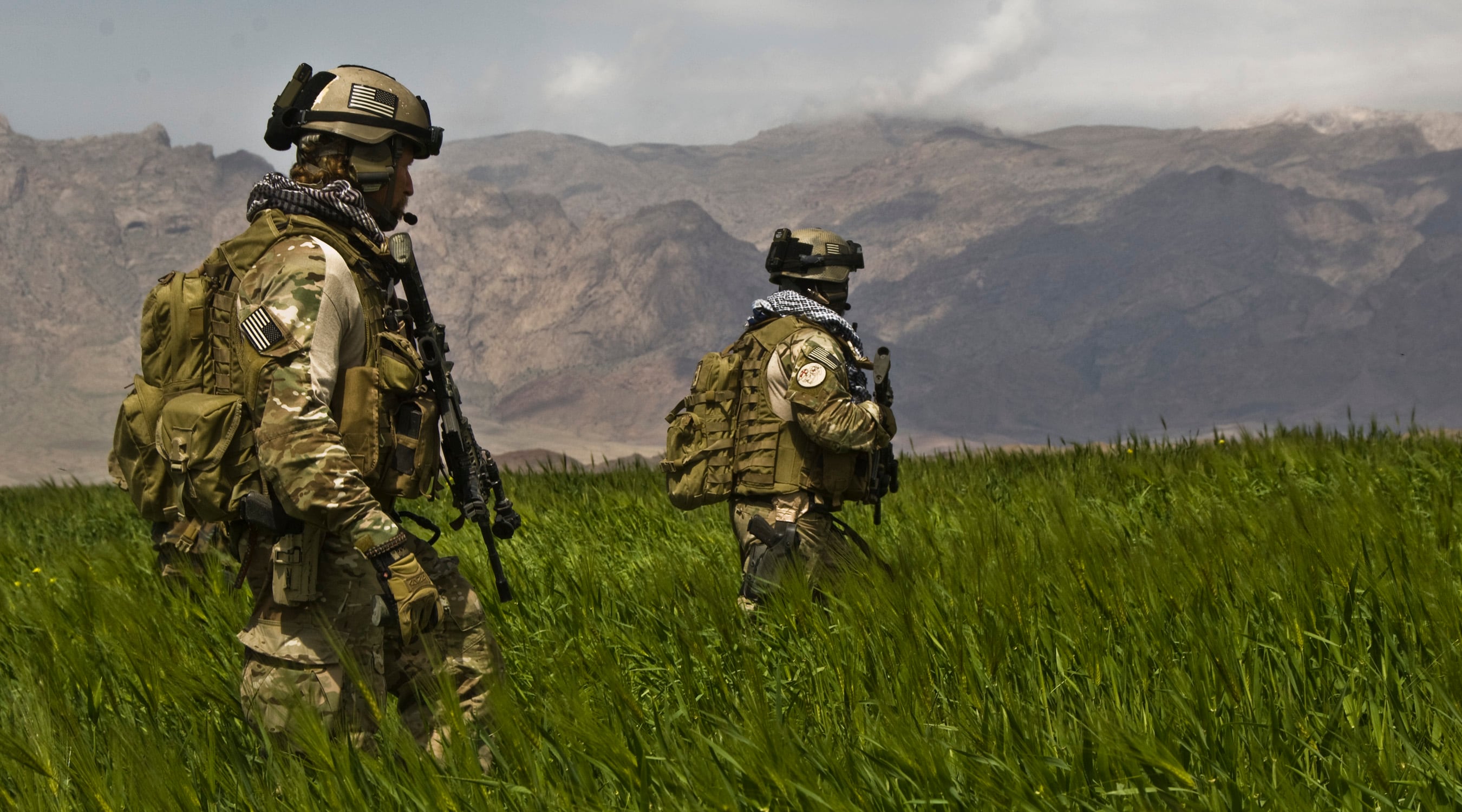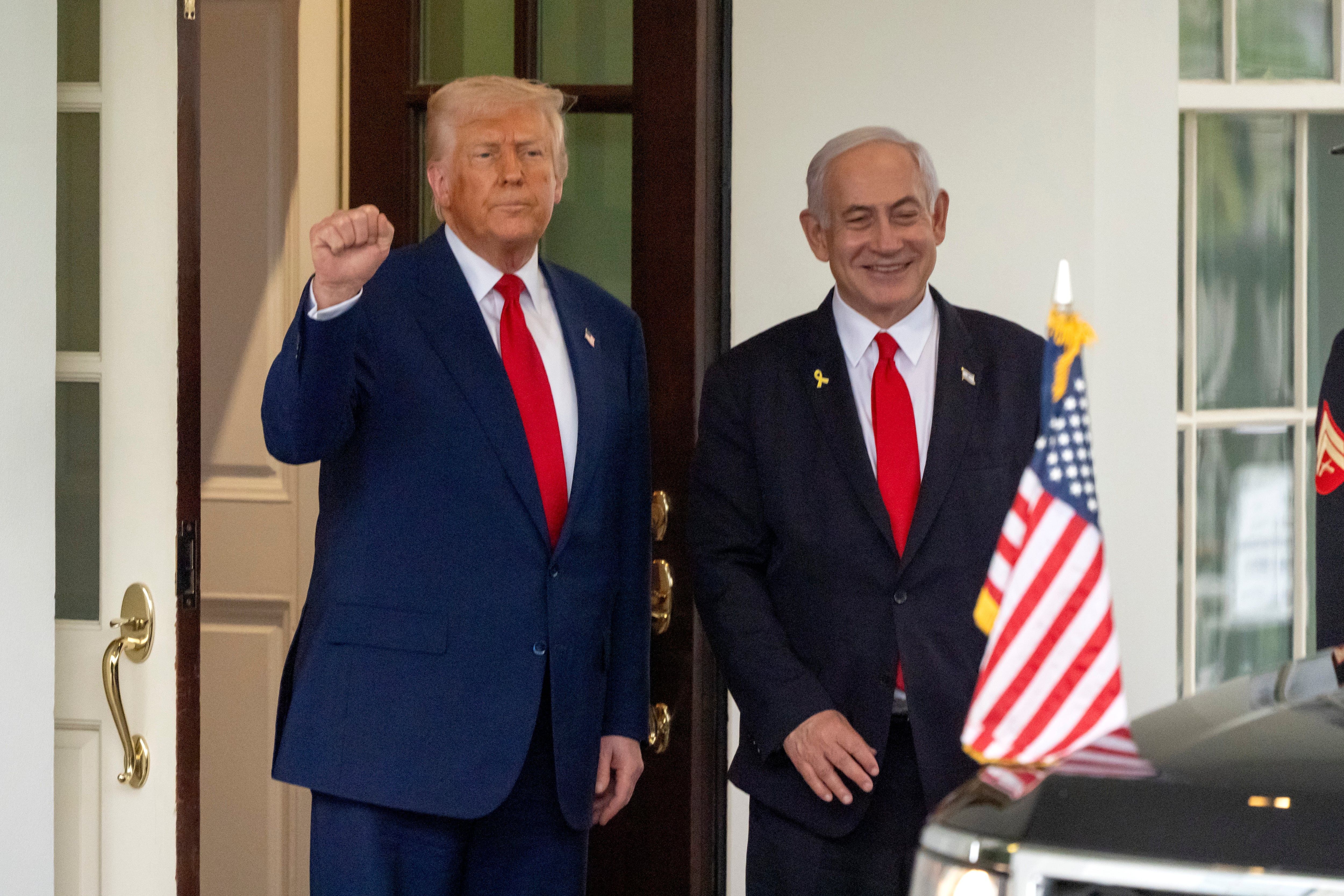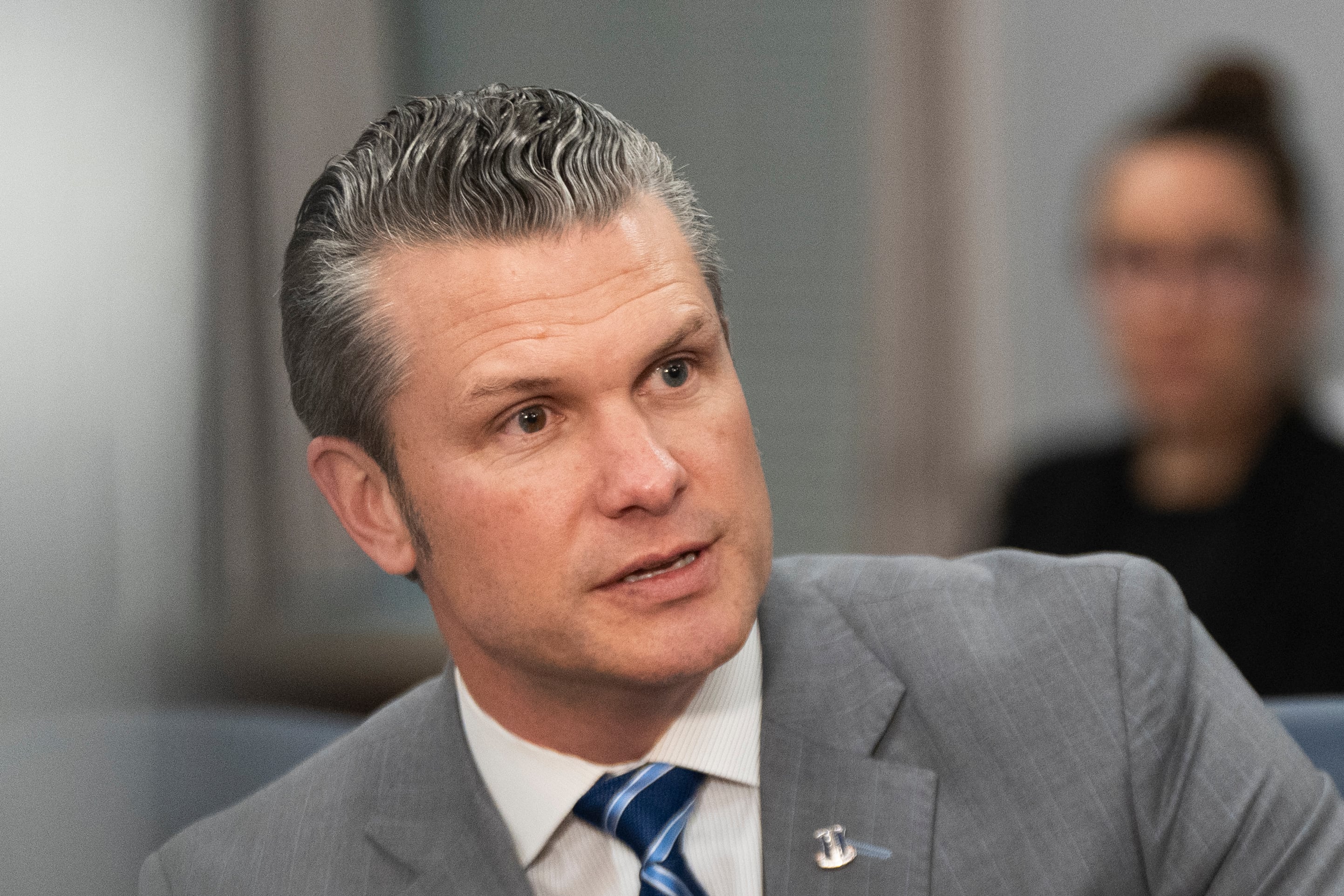The link between terrorism and drug trafficking organizations, or DTOs, is now at the forefront of public debate due to President Donald Trump’s recent designation of cartels as foreign terrorist organizations.
His suggestion to deploy U.S. Special Forces to dismantle cartels has met with speculation. In fact, U.S. Special Forces and federal law enforcement agents have cooperated successfully against international DTOs in the past — and their sacrifices are unfortunately being forgotten.
The 9/11 terrorist attacks brought attention to something overlooked for many years — the connection between terrorist activities and international drug trafficking. As the Global War on Terror developed, it became clear that Afghanistan-based drug traffickers were supporting the Islamic terrorist organizations through the opium and hashish trade.
With Afghanistan producing more than 80% of the world’s illicit opium, Islamic terrorists relied on drug trafficking to fund weapons, supplies and recruit fighters. The strong connection between drugs and terror prompted a 2010 report from the Senate Caucus on International Narcotics Control to state that “the Taliban operates as a drug cartel and … the drug trade in Afghanistan must be addressed with the same level of resolve as the insurgency.”
A partnership between DOD and law enforcement
The U.S. military faced a truly complex problem. Transnational criminal DTOs are well-armed, well-funded and often receive support from state actors, and operate with organization and command structures that can mirror military forces.
Some drug lords, such as Burma’s Khun Sa, have wielded private militia groups. However, the criminal nature of DTOs makes them different from military forces. Dismantling them successfully requires not only military-level strength but law enforcement expertise. This became evident in Afghanistan as military forces encountered clandestine drug processing labs throughout the country.
This led to a close and successful partnership between the Pentagon and the Drug Enforcement Administration. Although newer and smaller than other three-letter agencies, the DEA is second to none in the expertise it commands in detecting and dismantling drug cartels and thwarting complex illegal drug-related operations.

As a single mission agency, the DEA’s core focus is to identify and eliminate the most nefarious criminal networks. The level of criminal violence and deceit that that DEA agents tackle regularly would appall members of the public, yet many of their successes will forever be unknown.
In the wake of 9/11, the U.S. government invited all federal agencies to participate in the Global War on Terror by allocating resources and developing a strategy to assist with eradicating global threats. This resulted in the creation of DEA’s Kabul Country Office, which at its height consisted of 50 special agents and intelligence analysts who set out to identify and target the most notorious drug traffickers in the region.
Those efforts revealed that most of these traffickers were connected to the same terrorist groups that the Defense Department was anxiously targeting.
In 2004, the U.S. military and the DEA expanded their cooperation with the successful creation of the DEA’s Foreign-deployed Advisory Support Team, or FAST. This saw elite SOCOM units paired with a highly trained and select group of top-notch criminal investigators from DEA with superb tactical acumen.
Successful missions
This joint venture was aimed at dismantling narco-terrorist groups in remote areas where deeply rooted criminal activity and related extreme violence existed — including not only in Afghanistan but in other regions such as Central and South America.
SOCOM units including the U.S. Army Green Berets, the U.S. Navy SEALs, the U.S. Marine Forces Special Operations Command (MARSOC), the 160th Special Operations Aviation Unit (SOAR) — better known as the Night Stalkers — and international coalition forces worked closely and successfully with FAST agents to thwart transnational criminal groups.
While SOCOM units focused on accomplishing military objectives and took on violent narco-terrorists, law enforcement agents trained and mentored local counterparts on evidence collection, processing of evidence, informant handling, arrests and interpreting intelligence to uncover additional criminal activity.
This mutual support accomplished much. In Afghanistan in 2008, U.S. Special Forces and FAST agents seized over 262 metric tons of hashish in Operation Albatross from a Taliban “superlab.”
From May to June 2011, Special Forces units and FAST agents coordinated Operation Khafa Kardan, a 30-day mission in which 90 law enforcement operations took place alongside U.S. military missions, resulting in the seizure of 12,766 kilograms of opium, 127 kilograms of heroin, 25,666 kilograms of precursor chemicals in addition to an estimated 50 pounds of homemade explosives plus IEDs and weapons. These examples barely scratch the surface of what was achieved.

Fallen heroes
Great sacrifices were made to accomplish these missions. On Oct. 26, 2009, seven U.S. military service members were killed alongside three DEA agents in a helicopter crash in western Afghanistan. Maj. Gen. Charles Cleveland of SOCOM designated the incident as a combat-related loss.
The U.S. soldiers included Chief Warrant Officer Michael P. Montgomery, Chief Warrant Officer Niall Lyons, Staff Sgt. Shawn McNabb, Sgt. Josue Hernandez-Chavez and Sgt. Nikolas Mueller of SOAR, and Staff Sgt. Keith R. Bishop and Sgt. 1st Class David E. Metzger of the 7th Special Forces Group (Airborne).
The three DEA agents who lost their lives were Special Agents Chad Michael, Forrest Leamon and Michael Weston. SA Michael had previously worked with the Hillsborough County Sheriff’s Office, while SA Weston and SA Leamon were U.S. military veterans. SA Weston had served in both the U.S. Navy and U.S. Marine Corps, and SA Leamon had served in the U.S. Navy.
Relics of the fallen DEA agents’ personal effects, including a charred uniform patch and melted firearm fragments, were recovered from the smoldering 2009 helicopter crash at great personal risk. These hallowed items were mounted in a shadowbox at FAST headquarters to honor the memory of the fallen.
The names of all 10 men who lost their lives together in devotion to a common cause are inscribed on a single gravestone at Arlington National Cemetery.
Not to be forgotten
Despite its far-reaching successes, the FAST program was disbanded in March 2017 under the tenure of DEA’s Acting Administrator Chuck Rosenberg, appointed by President Barack Obama in 2015.
The shadowbox containing the Afghanistan crash relics from the fallen—displayed reverently in FAST headquarters as a memorial—was unceremoniously removed from display and warehoused by DEA after the program ended with brutal disregard.
The sacrifices made by US Special Forces and law enforcement agents in combating narco-terrorists are undimmed in what they achieved together and in the memory they left in the hearts of their comrades, who still recall them vividly and honor them.
Although its achievements have faded from view in recent years, the FAST program created a successful blueprint for how the US military can successfully tackle violent threats posed by transnational criminal organizations alongside federal law enforcement—a blueprint that is highly relevant today.
Zita Ballinger Fletcher previously served as editor of Military History Quarterly and Vietnam magazines and as the historian of the U.S. Drug Enforcement Administration. She holds an M.A. with distinction in military history.





